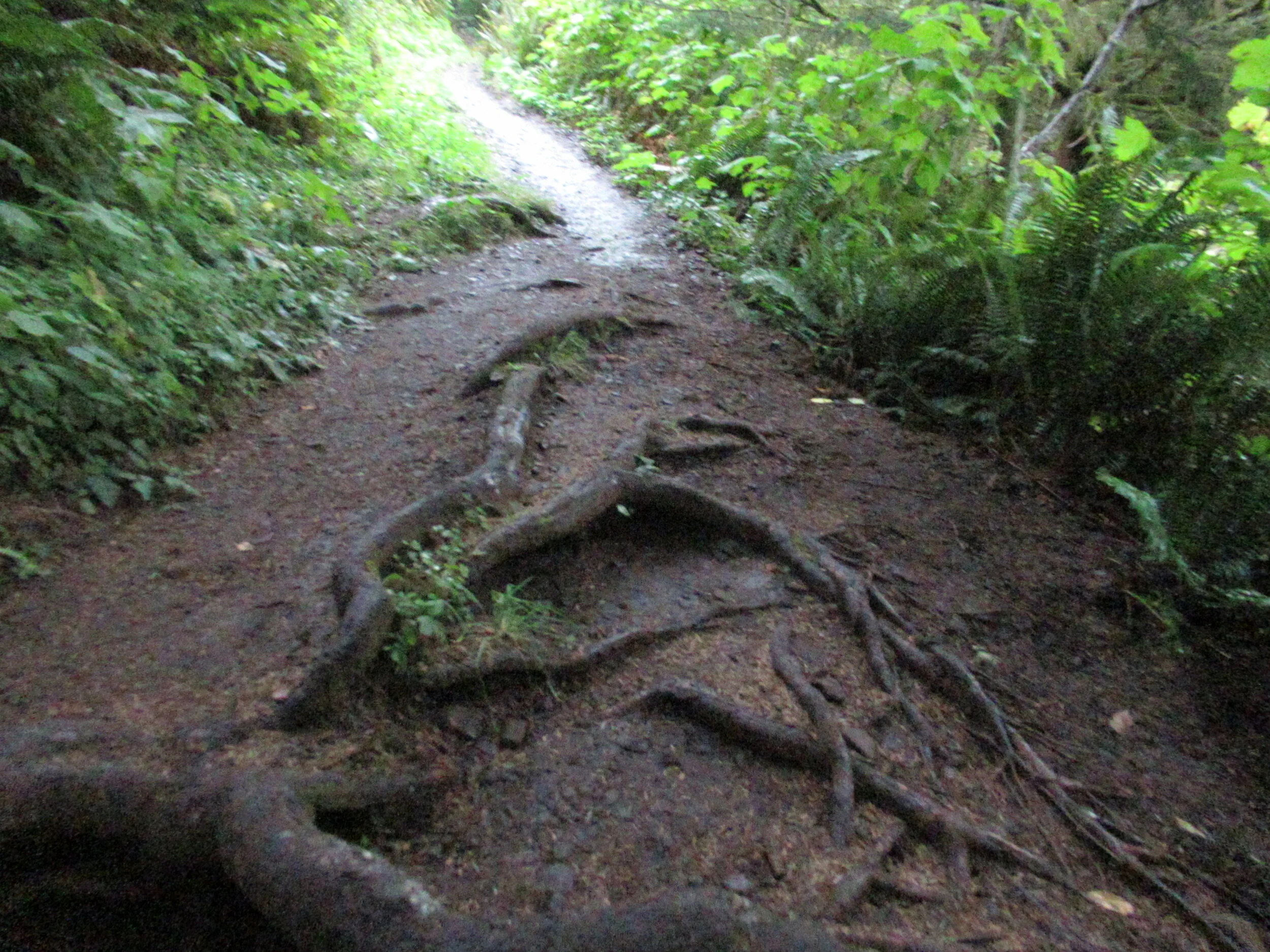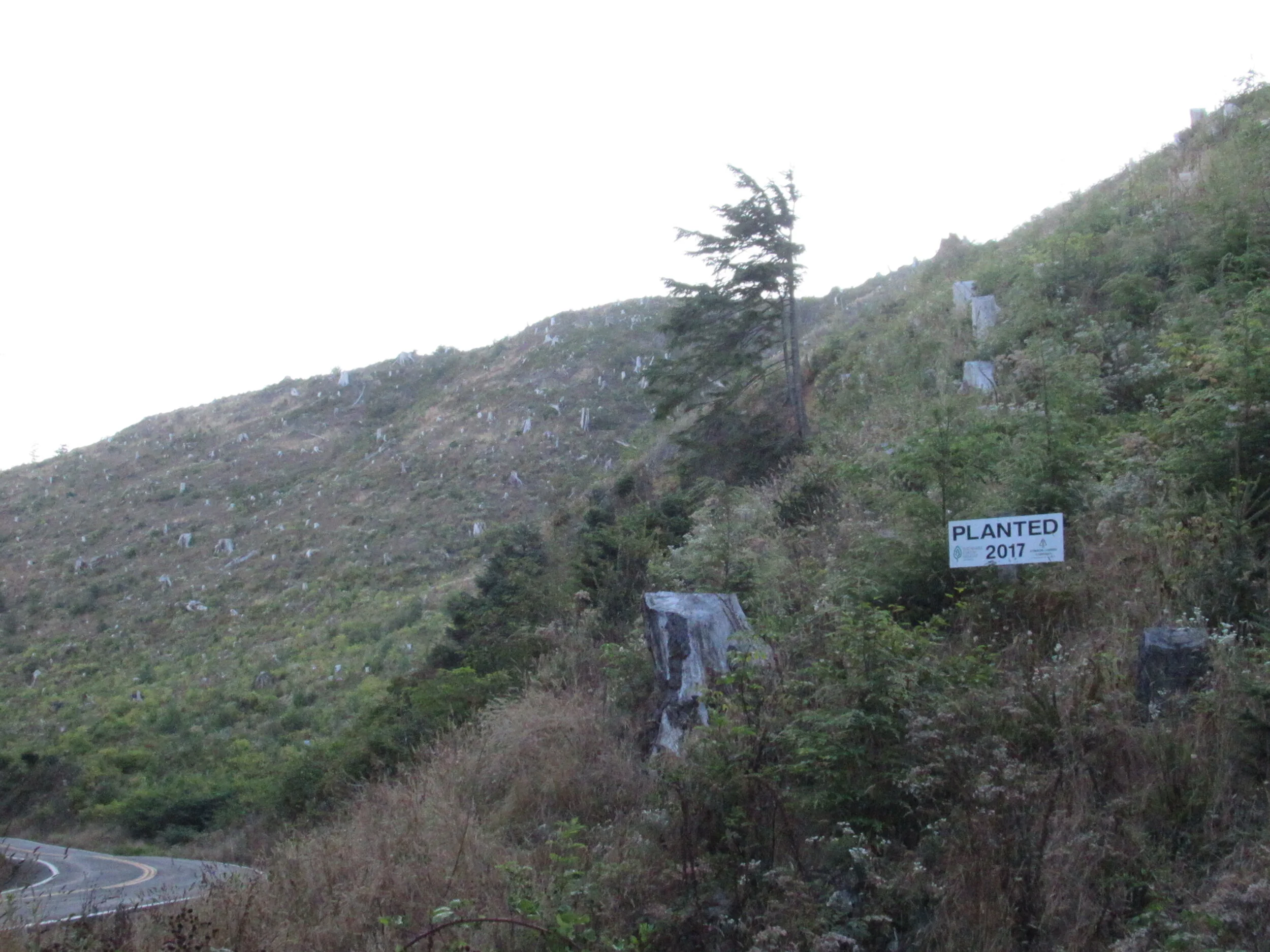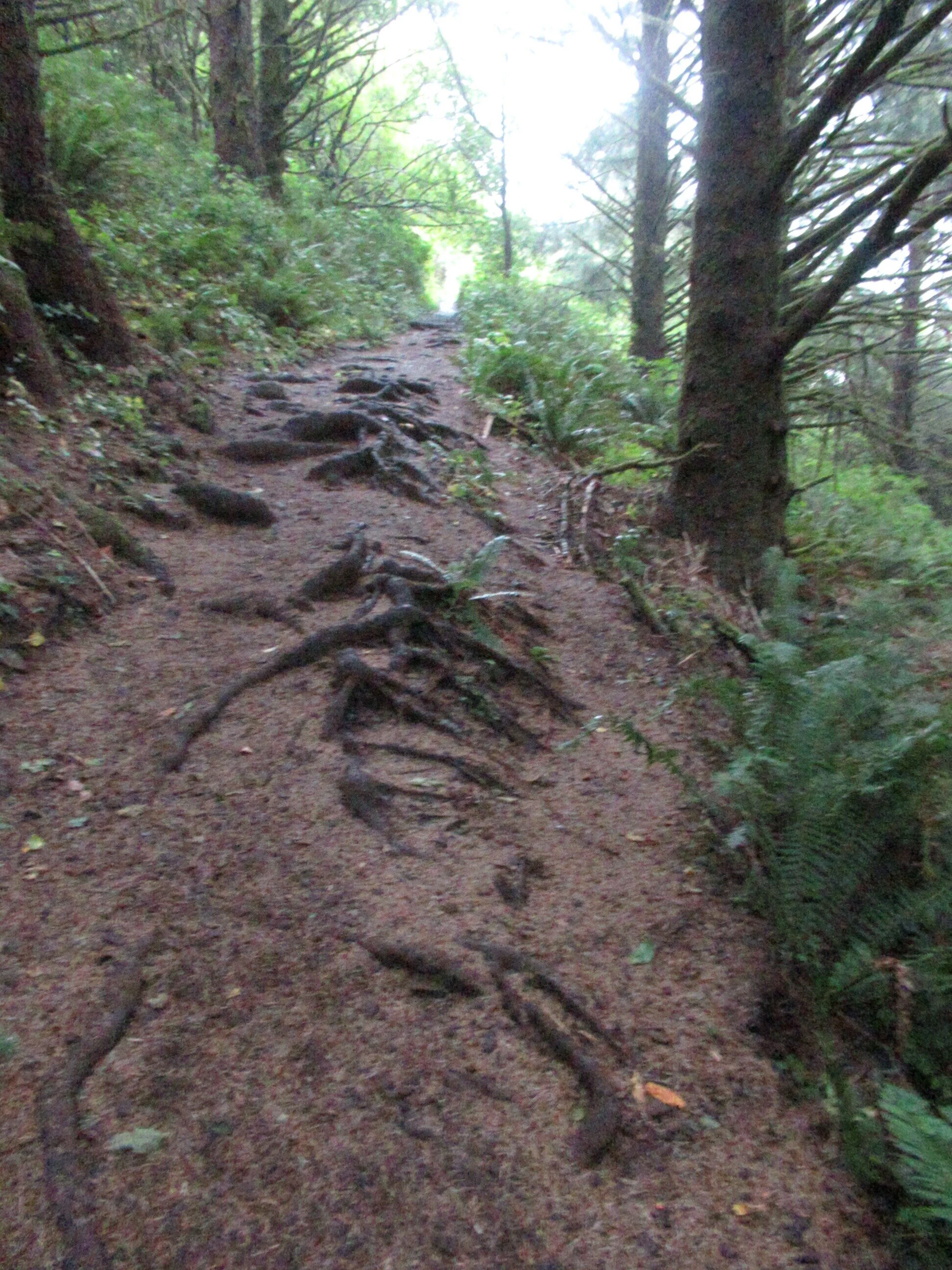The root of the problem



By Dave Powell
Oregon Coast TODAY
Clear cuts and muddy trails are unfortunately a part of the Oregon Coast Trail (OCT).
I grew up in clear cut. Advancing and retreating glaciers meant flat land, and Northeast Ohio was deforested decades before I was born.
Moving to Oregon in Dec. 2015, I see more clear cuts each year. Among my pet peeves is south of the park entrance at Cape Lookout. The fall 2020 storm closed the north trail until 2023. Instead of a favorite trail, I now view tree stumps hiking a detour. Over the course of 12 years, the roots in a clear cut decayed, destroying the Amanda Bridge near Yachats. Will 2030 see Cape Lookout Road destroyed, too?
Muddy trails are always present. This ultra-dry summer still had hikers trudging through mud on the Tillamook Head Trail.
I find yearly more and bigger muddy sections on trails. Root prevalence at the
south Neahkahnie Trail is the result of the mud swished away.
The web has many articles, they say “stay off muddy trails”!
The Deschutes Land Trust says, follow the “If you leave tracks, turn back” adage. Vermont closes trails, “Vermont’s Hiker Alert: Mud Season is Here”. Michigan’s Department of Natural Resources notes, “spring is an especially sensitive time because frost layers can linger below the trail surface, even when air temperatures have warmed up. As a result, spring rains can’t fully penetrate the soil, which creates easily eroded muddy topsoil.”
John Kenneke’s, The Oregon Coast Trail Guide: “Please do not take or make a shortcut! If you do, it will cause others to do the same, leading to erosion, mudslides and loss of vegetation and habitat. This is especially important on switchbacks. Switchbacks are there for a reason: they make the climb easier for you, and the zigzag pattern helps slow erosion.”
Susan Schen led a Trailkeepers of Oregon work team I joined to reopen Cape Lookout Trail this spring. She notes, "If your planned trail hike is very muddy, have a backup plan, and choose another place to enjoy. Trails surfaced with gravel or other reinforcement are good choices. Beach walks are a great option (always keeping aware of the waves and tides, of course). If you just can't resist that muddy hike, staying on the trail and going through the mud rather than around it is best. Walking around muddy spots expands them into large ones. The steps we take off a trail trample plants that hold soil in place and produce flowers next season for everyone's enjoyment.
If you know a chronically muddy spot report it on TKO's Trail Eyes Report Form, found on the Scout School page at www.trailkeepersoforegon.org/scout-school. TKO can then work with the land manager to come up with a plan to fix it.
Steve Kruger, executive director of TKO said (my condensation of an email), “I believe all of Oregon's regions could have trails among special places hikable year-round. Unlike horses and mountain bikes, a boot’s grind is nearly untraceable on properly designed trails, with proper annual and five-to-10-year major maintenance. The rub is our trails are not all designed and/or maintained to [that] level ... Our trails are falling apart. Something needs to be done and maybe we should tell people to stay off them in the short run ... Due significantly to poor design and maintenance, what I'd love to see is an educational article or a campaign advocating design changes and further funding for the capacity for maintenance.”
That's why in 2007, a group of concerned hikers founded Trailkeepers of Oregon. Our work includes trail maintenance projects and advocacy work to restore proper funding to a resource so beneficial and beloved by Oregonians. The maintenance and stewardship projects preserve current trails, with the idea of not losing another trail to neglect.
Why aren’t Oregon trails closed when susceptible to preserve our valuable heritage?
1) I hike dry trails — beach and road sections of OCT during the wet season. I don’t re-hike some trails since they’re always wet. 2) When two routes; I go trail uphill, the other route downhill. There is less wear stepping up than braking going downhill. At Cape Meares and south Neahkahnie trails I go up the trail, and down the roads. 3) Trails age and increasing hikers escaping cabin fever wear them out. Please find, help, and fund groups maintaining, re-opening, and creating trails.
During this rainy season, I hope to see you while hiking the beaches and roads until the trails dry out — or working with trails crews for TKO or Yachats.
